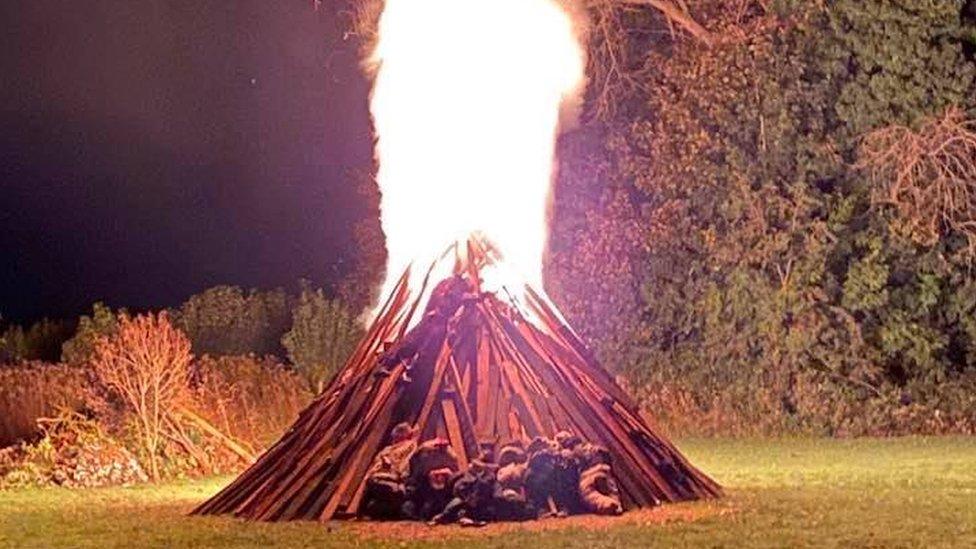Is Bonfire Night being replaced by Halloween?
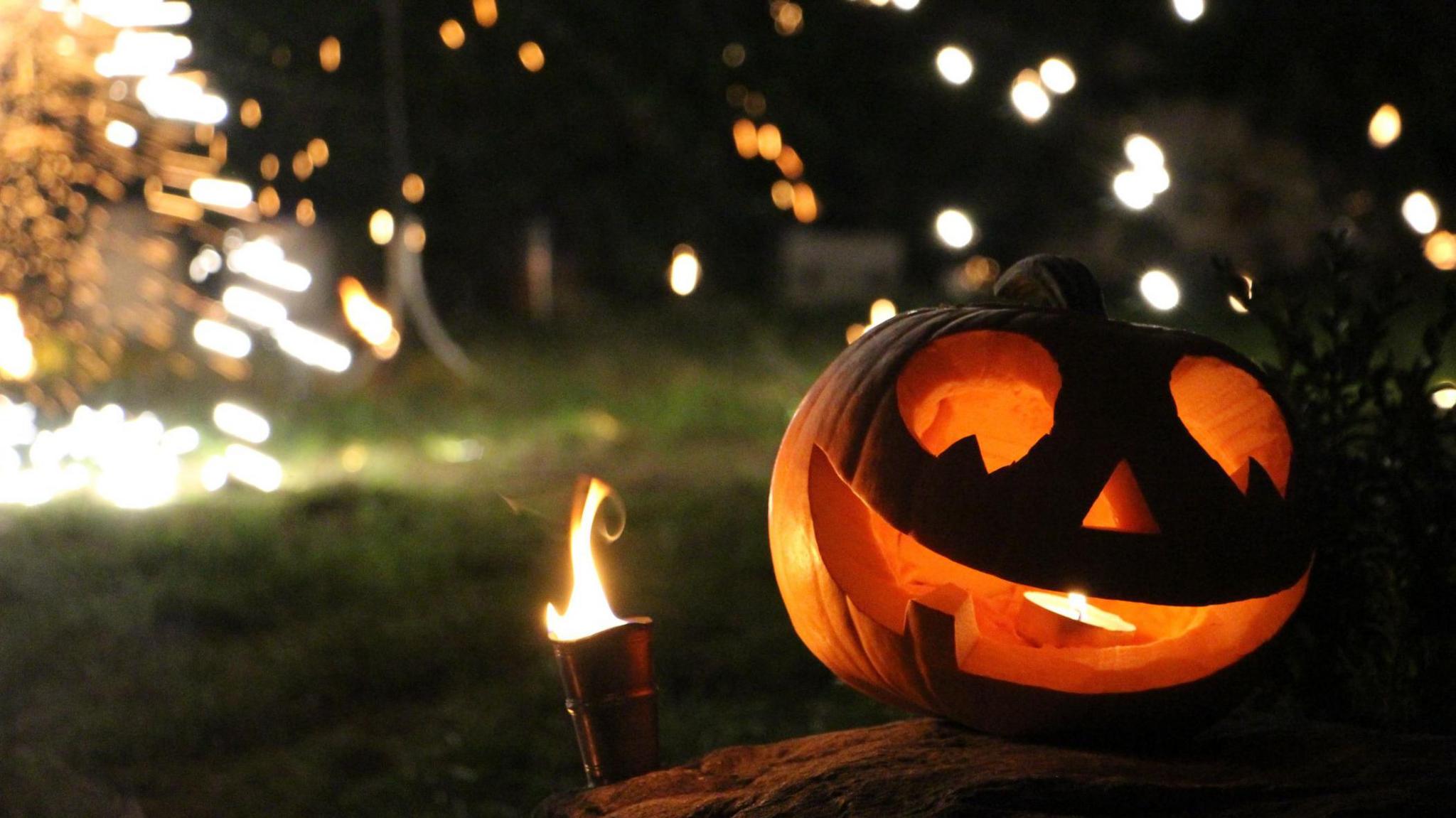
Halloween has become a staple of the autumn calendar for many
- Published
As leaves turn golden and nights grow longer, two traditions jostle for space in the autumnal calendar.
Bonfire Night and Halloween may share the same season, but they tell very different stories: one is rooted in political rebellion, the other draws on ancient rituals marking the end of harvest and the onset of winter.
In recent years, the scent of toffee apples and charred wood has begun to mingle with the synthetic cobwebs and colourful costumes of Halloween.
But is this just a seasonal overlap or is Halloween slowly eclipsing Bonfire Night?
According to the National Folklore Survey (NFS), 52% of respondents aged 16-75 in England still say they celebrate Bonfire Night more than Halloween.
But the survey, led by academics from Sheffield Hallam University, the University of Hertfordshire, and Chapman University in the US, suggests a clear generational divide.
The results show people aged 16 to 44 are "significantly" more likely to celebrate Halloween, while from 45 onward there is a "sharp decline" in those marking the occasion.
A recent YouGov poll, external also suggests younger generations are more invested in the thrills and chills of Halloween, with 10% of 18-24 year olds saying they spend between £101- £200, compared to just 2% of those aged 45 to 54.
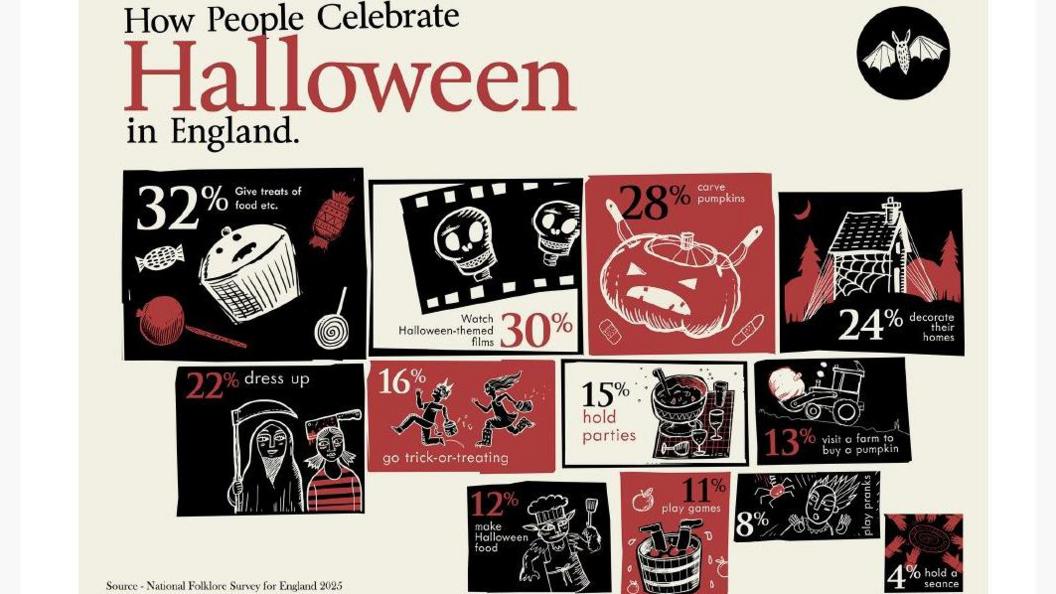
Over 32% of respondents give out treats as part of their seasonal activities
Dr Sophie Parkes-Nield and Dr David Clarke, of Sheffield Hallam University, said they were surprised by the findings of the NFS, having expected Halloween to attract greater participation.
"Halloween can be a bit more DIY - anyone can go out trick-or-treating [and] it typically falls in half-term, so it's seen as a way of entertaining the kids," Dr Parkes-Nield said.
In contrast, Bonfire Night faces growing concerns around safety and noise, and many community events have struggled to bounce back since the pandemic.
Both Halloween and Bonfire Night are celebrations with deep cultural and historical roots.
Halloween can be traced back 2,000 years to the ancient pagan festival of Samhain, which marks the end of the harvest season and the start of winter - a time when people believed spirits could cross into the world of the living.
Bonfire Night commemorates the failed Gunpowder Plot of 1605, when Guy Fawkes and his conspirators tried to blow up Parliament and King James I.
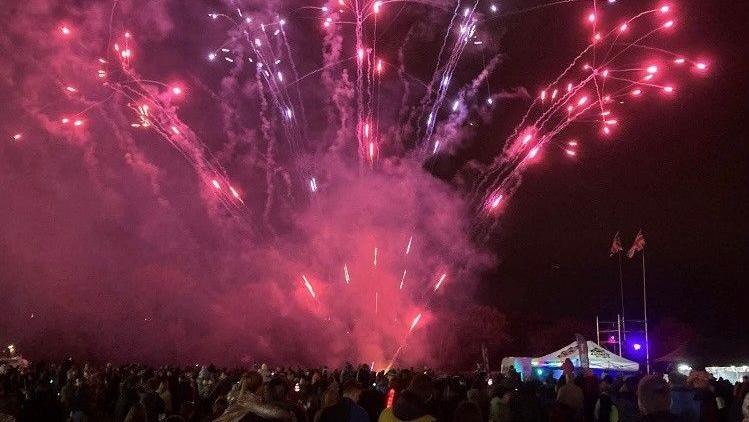
More people in England celebrate Bonfire Night, a survey finds
Dr Clarke believes American pop culture played a pivotal role in shaping modern Halloween traditions in the UK.
He points to films like E.T. in the early 1980s as introducing British audiences -especially children - to American-style Halloween traditions such as pumpkin carving and costume parties.
Before that he felt Halloween was not widely celebrated in the UK, and children were more likely to take part in "Penny for the Guy," a Bonfire Night tradition that has now mostly disappeared.
"I remember when I was 10 years old, which would have been 1977, Bonfire Night was huge," he said.
"My family had a huge bonfire in our garden and most of the councils had bonfires."
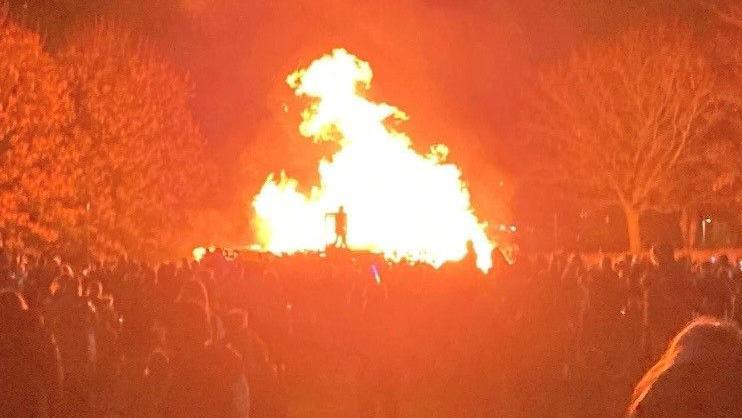
Community Bonfire Night events have decreased in recent years
Bakul Popat, owner of Sparklers Fireworks in Sheffield, said the decline of community or council-run Bonfire Night events had led people to organise their own displays with friends and neighbours.
Having run the business for over 45 years, he said Bonfire Night remains by far the busiest time for his shop in Abbeydale Road.
"For instance on Saturday, we expect people to be queuing up to come in the shop," he said.
"We sell some Halloween stuff but there isn't much uptake of that."
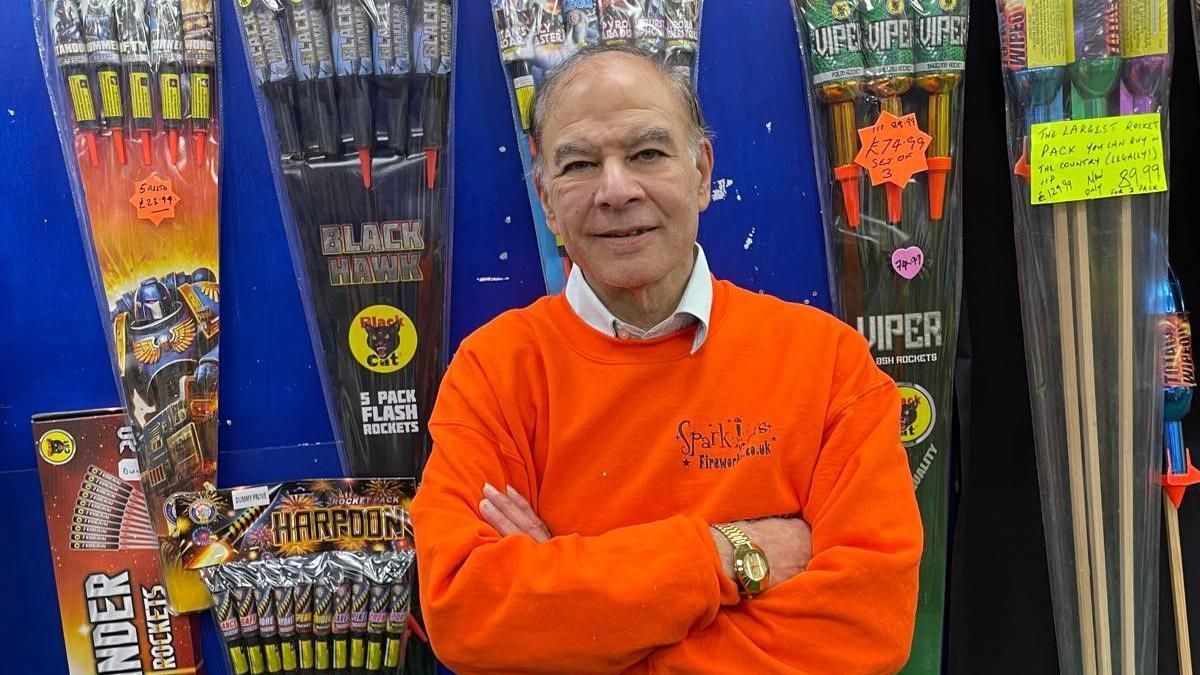
Owner of Sparklers Fireworks, Bakul Popat, said Bonfire Night was still the busiest time for his business
Part of Halloween's growing success lies in its commercial appeal.
From costumes and sweets to themed decorations and events, there's a wide array of products and activities that drive spending.
Pumpkin picking in particular has grown in popularity and become a vital income source for farmers such as Tom Spilman.
Mr Spilman opened his pumpkin patch at Church Farm in Thirsk after finding that growing the cultivated winter squash for wholesale failed to yield enough profit.
The family farm, established in 1941, now grows over 150,000 pumpkins each year.
"It's now a massive part of our business and we couldn't do without it," he said.
"If we'd just carried on doing normal farming, we'd have gone bankrupt."
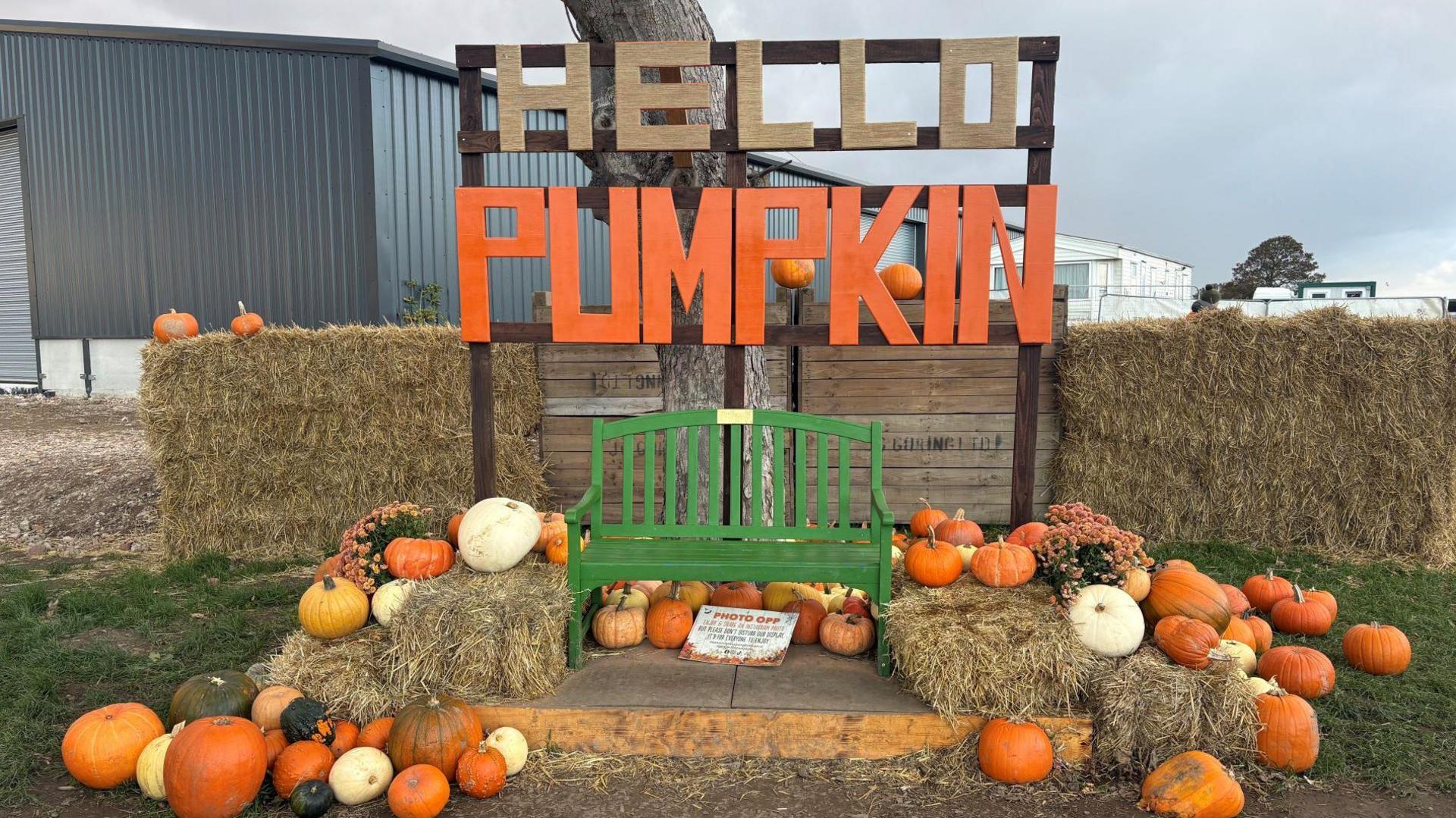
Pumpkin picking has become increasingly popular
A few miles away in Pontefract, Farmer Copleys is another business that has tapped into the seasonal boom, inspired by the success of pumpkin festivals in America.
"It's probably our best month in the business," said Ted Newton, the farm's head of marketing and communications.
He believes it is not so much Halloween but rather autumn as a whole that "gets the attention", with activities such as decorating homes and pumpkin carving posing a huge attraction.
"In a world that's a bit negative at the minute, it's just another time to have a bit more positivity and enjoy the season," he said.
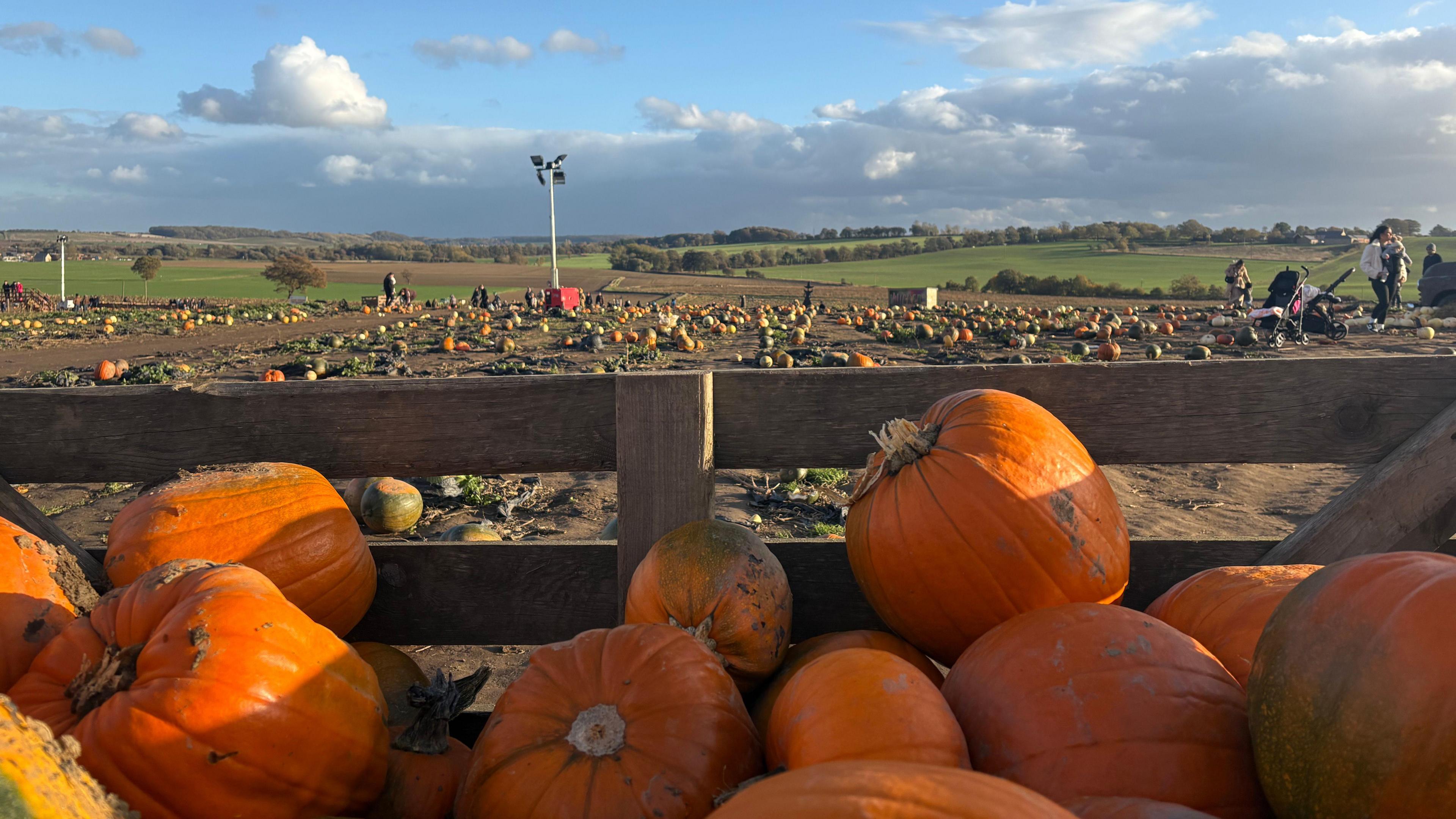
Pumpkin patches have become a vital revenue stream for some farmers
The shift in traditions is something community organisers are keenly aware of.
Andy Van de Gevel, chairman of Elland Round Table - a group for men aged 18 to 45 that combines socialising with community service - explained how their bonfire event has evolved to stay relevant and inclusive.
The group has been running the alcohol-free event for decades and all profits go to local charities and community projects.
It features a bonfire and fireworks display, fairground rides, live music and food stalls which cover a variety of dietary requirements, including halal.
Last year, they introduced a low-noise fireworks display ahead of the main show, designed for children with special educational needs and disabilities.
Due to the quirks of the calendar, they have intentionally tied Saturday's event to Halloween, encouraging children to wear costumes and decorating stalls with spooky themes.
Mr Van de Gevel believes the key to keeping bonfire events popular is to offer people a full evening experience.
"It's a very British tradition, but I think if a bonfire is run properly and run in a way that it keeps refreshing itself, there'll always be a place for it."
Get in touch
Tell us which stories we should cover in Yorkshire
Listen to highlights from West Yorkshire on BBC Sounds, catch up with the latest episode of Look North.
- Published30 October 2024
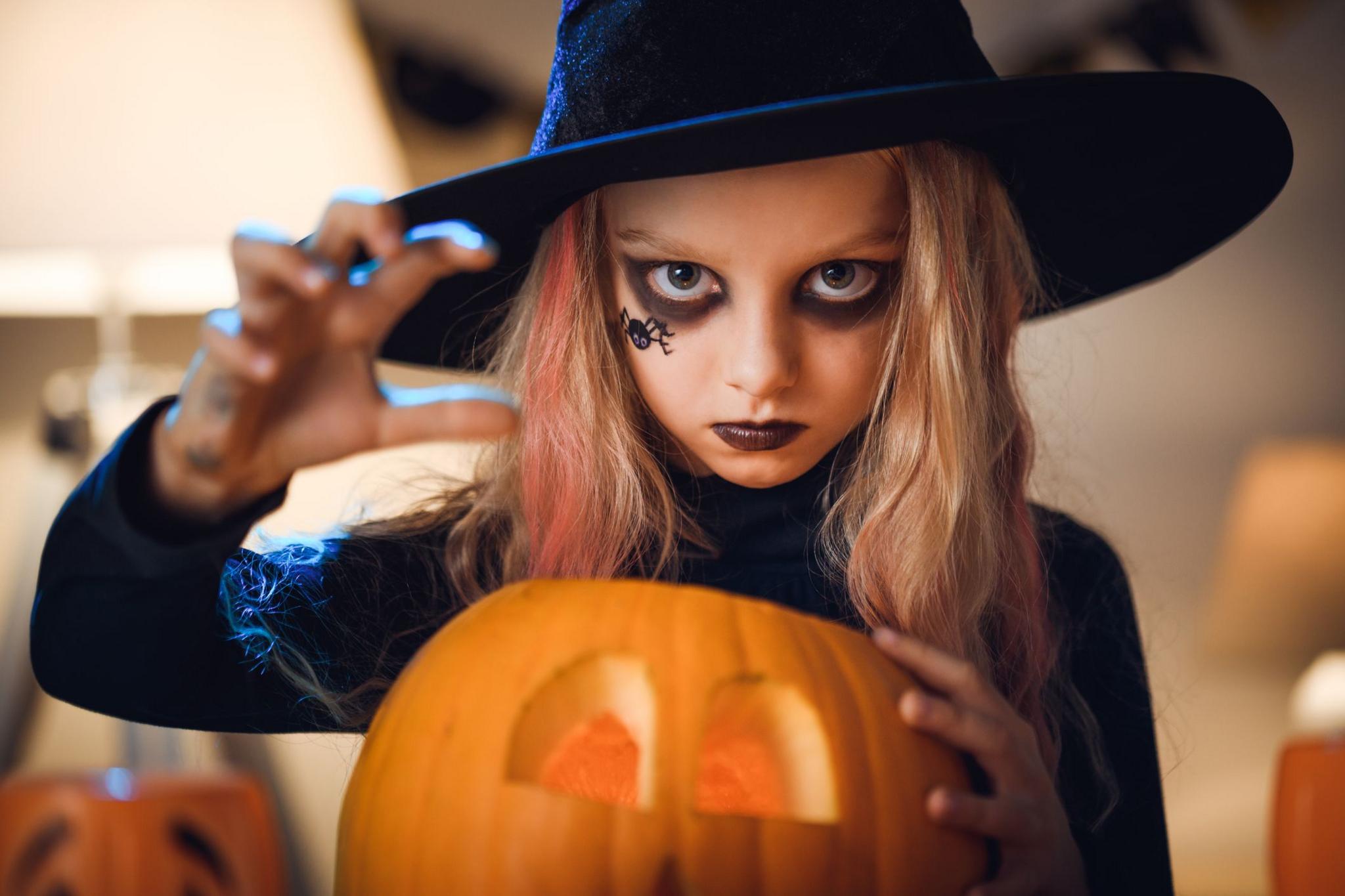
- Published30 October
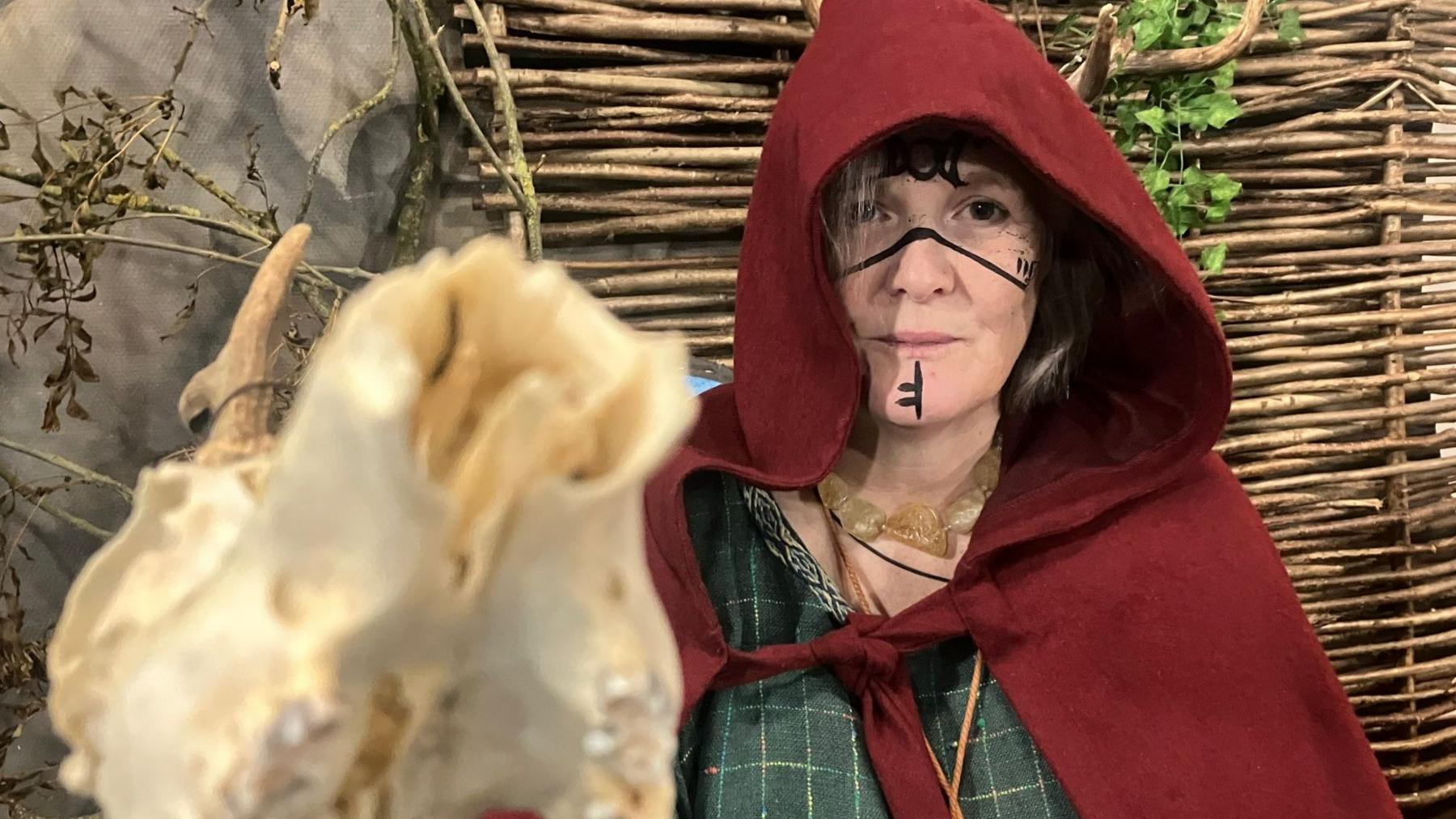
- Published5 November 2019
